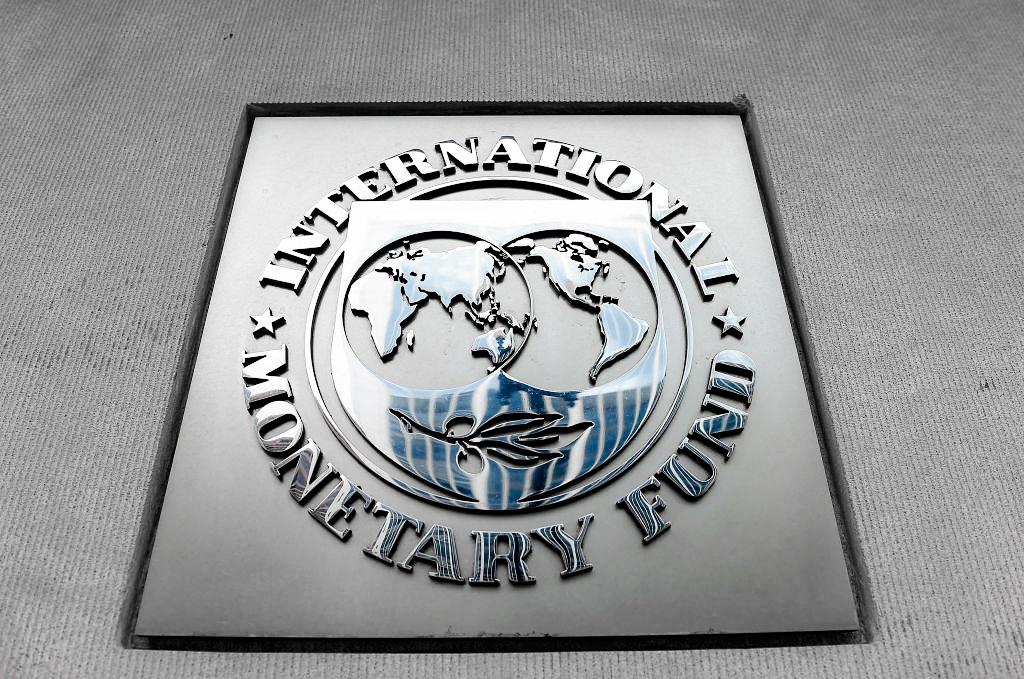The International Energy Agency (IEA) has warned about a potential destruction of demand in the global diesel markets in its latest Oil Market Report.
In the United States, diesel premiums have spiked before the Northeast winter heating season. In Rotterdam, the main trading hub in Europe, diesel prices rose to more than $80 per barrel (bbl) above the index North Sea Dated crude, before easing down.
Meanwhile, European Union (EU) members cut down Russian diesel flows by 50,000 bpd in October. As the EU shifts away from Russian supplies, the diesel market and price could be impacted, according to the IEA.
“The competition for non-Russian diesel barrels will be fierce, with EU countries having to bid cargoes from the United States, Middle East, and India away from their traditional buyers,” the report said.
“Increased refinery capacity will eventually help ease diesel tensions. However, until then, if prices go too high, further demand destruction may be inevitable for the market imbalances to clear.”
Diesel prices rose in October, and are 70 percent higher than a year ago. Diesel cracks—the differential between the cost of diesel and the cost of refining—is 425 percent higher. During this time, the benchmark Brent prices have risen by only 11 percent.
Diesel in the US
The United States carried only 26 days’ worth of supply of total distillates, including diesel, in early November. The country’s diesel reserves are at their lowest levels since 1951. In late October, Mansfield Energy warned customers that at least seven southeastern states were at “code red’ due to rock-bottom diesel stockpiles.Diesel is a key fuel for the American economy as commercial traffic via rail, truck, and ship is highly dependent on it. In the Northeast, one in five homes use diesel as heating oil.
Since January 2021, the retail price of diesel has jumped from $2.64 per gallon to $5.33 by the end of October 2022, which is an increase of more than 101 percent.





